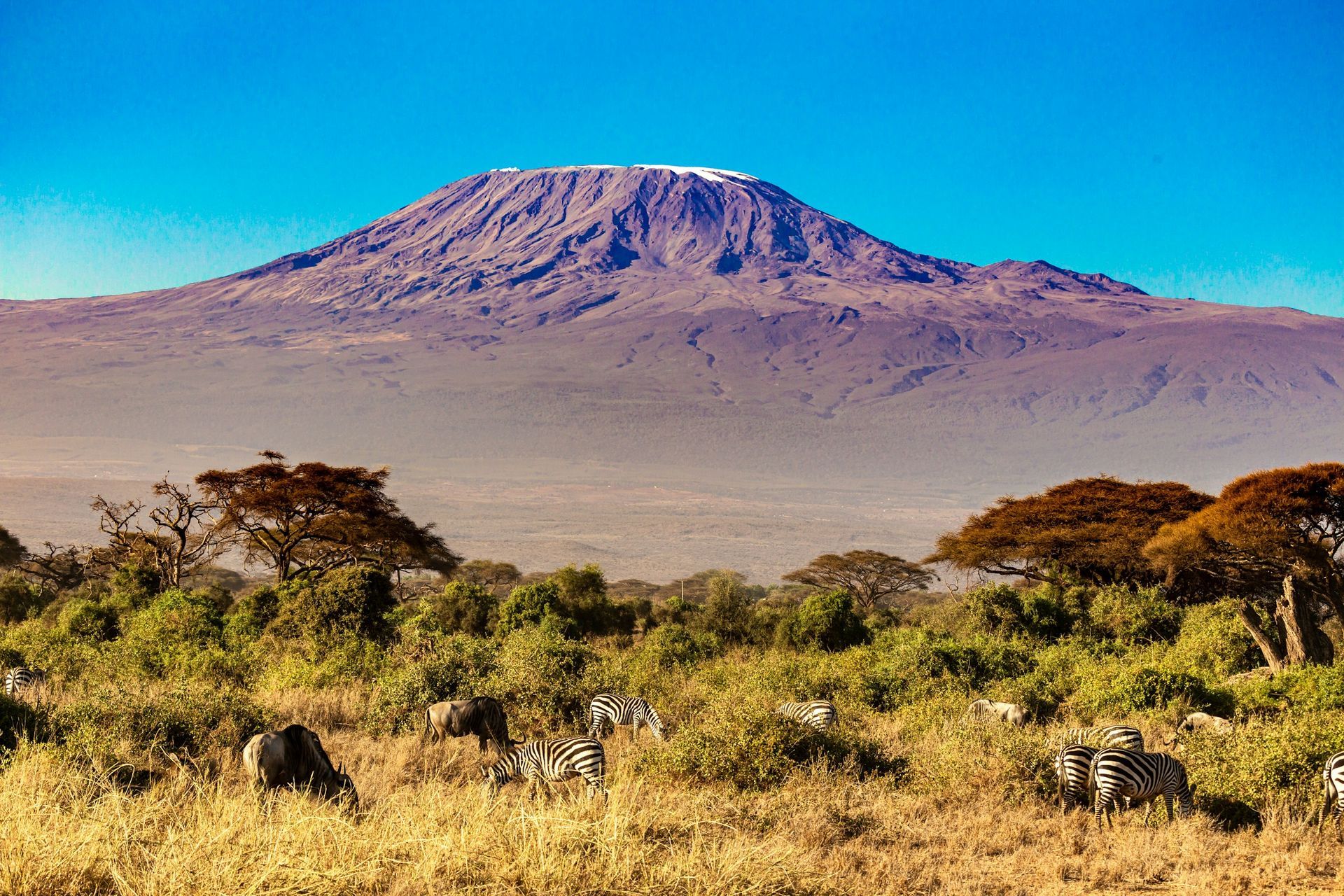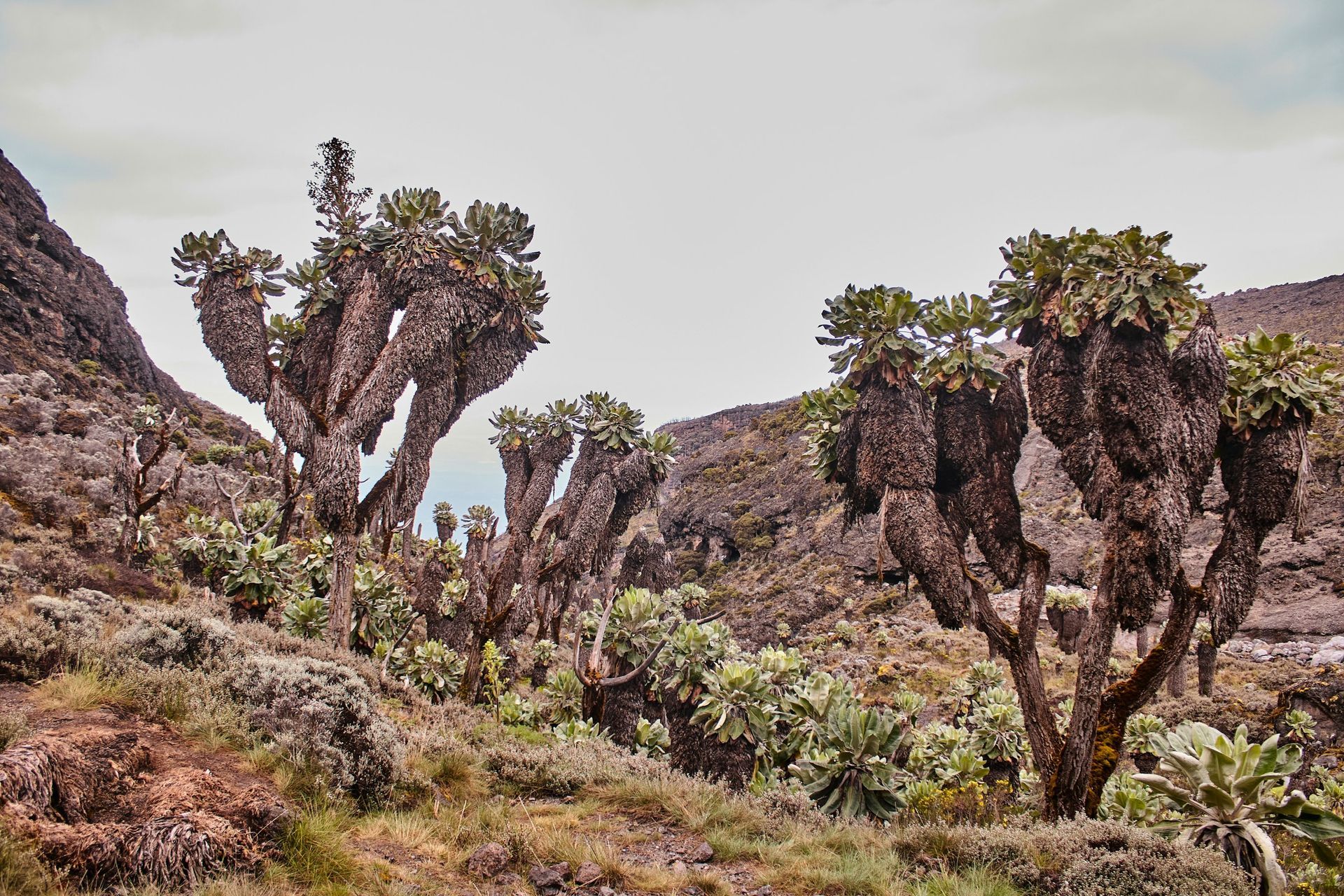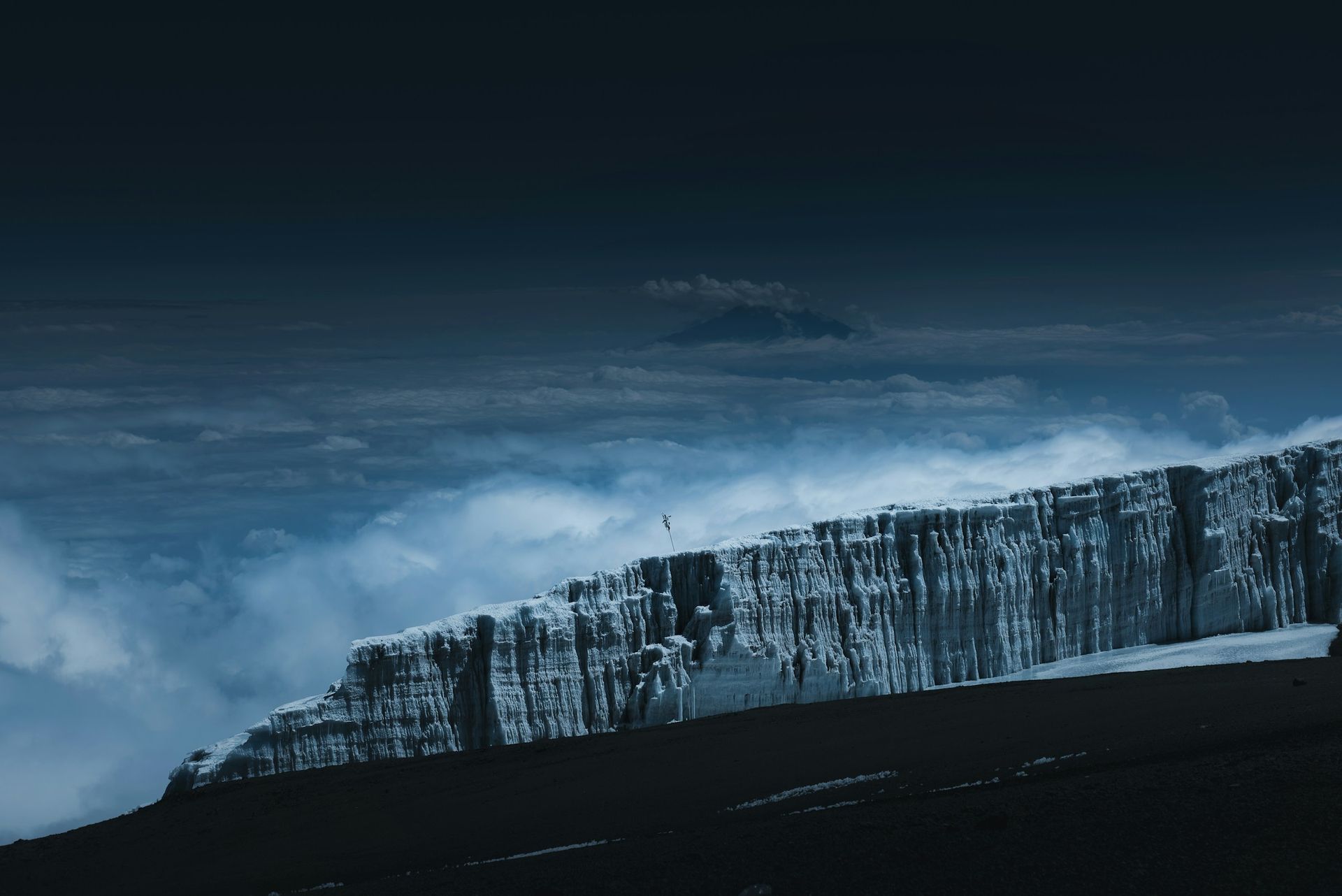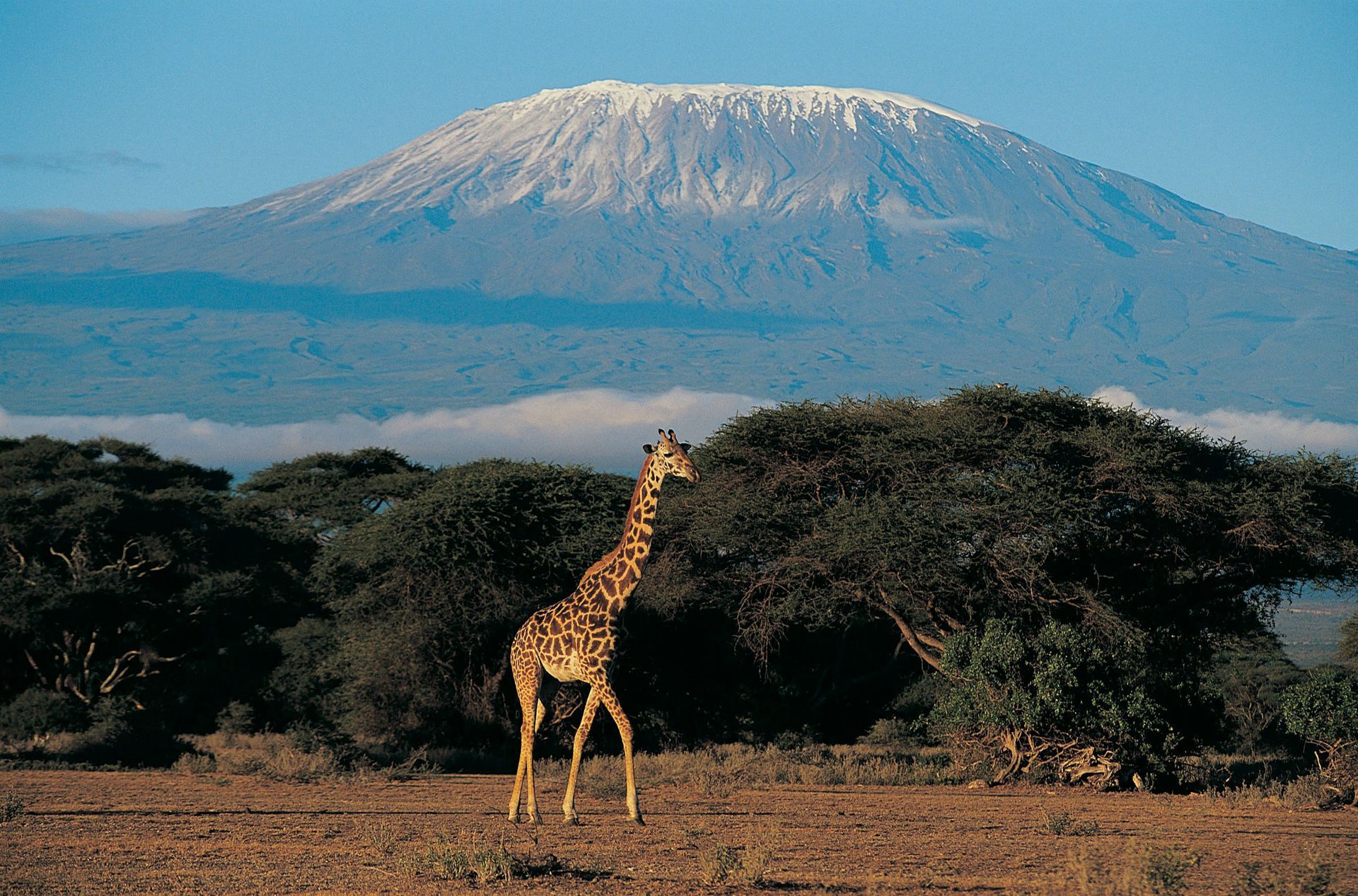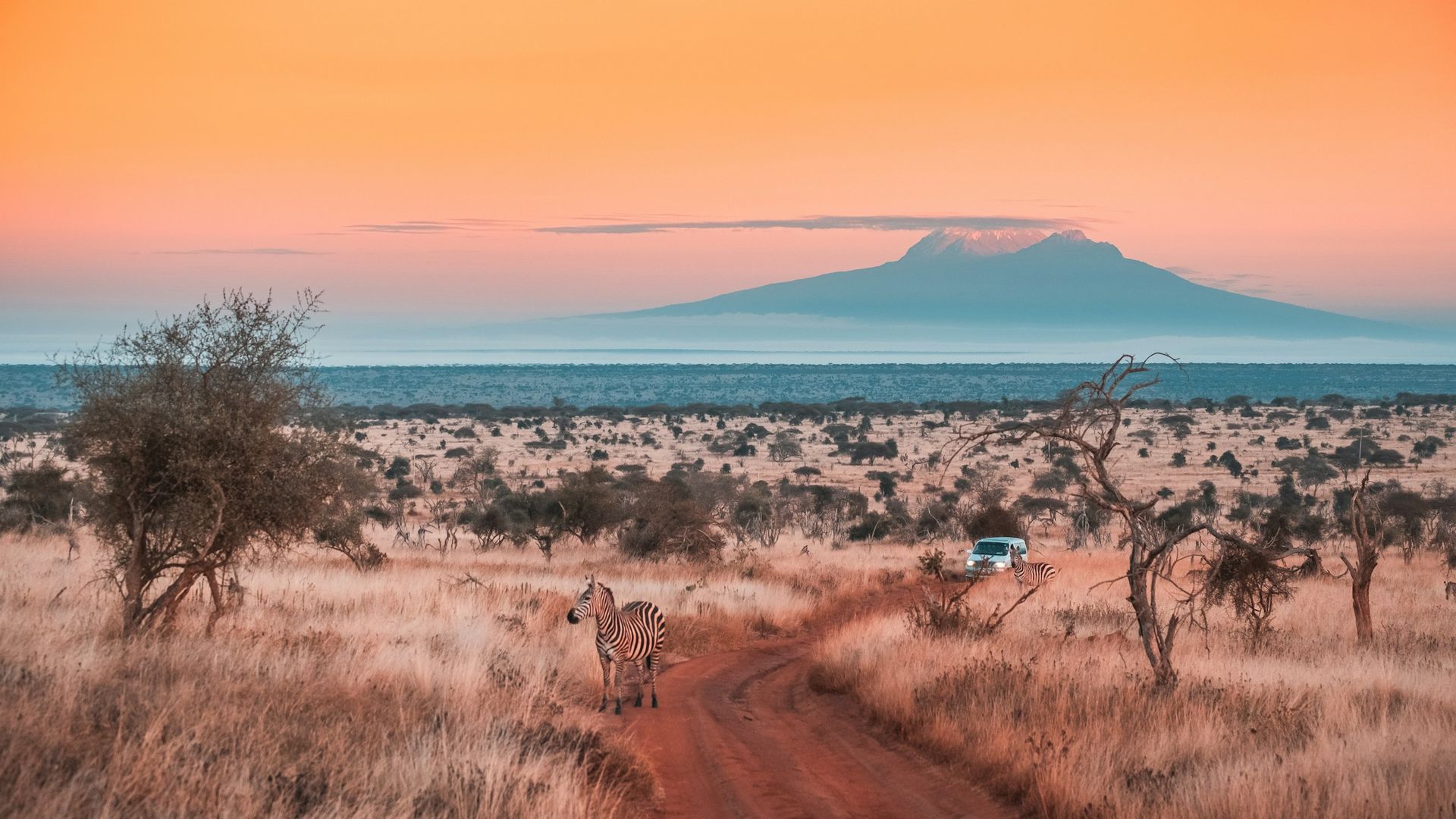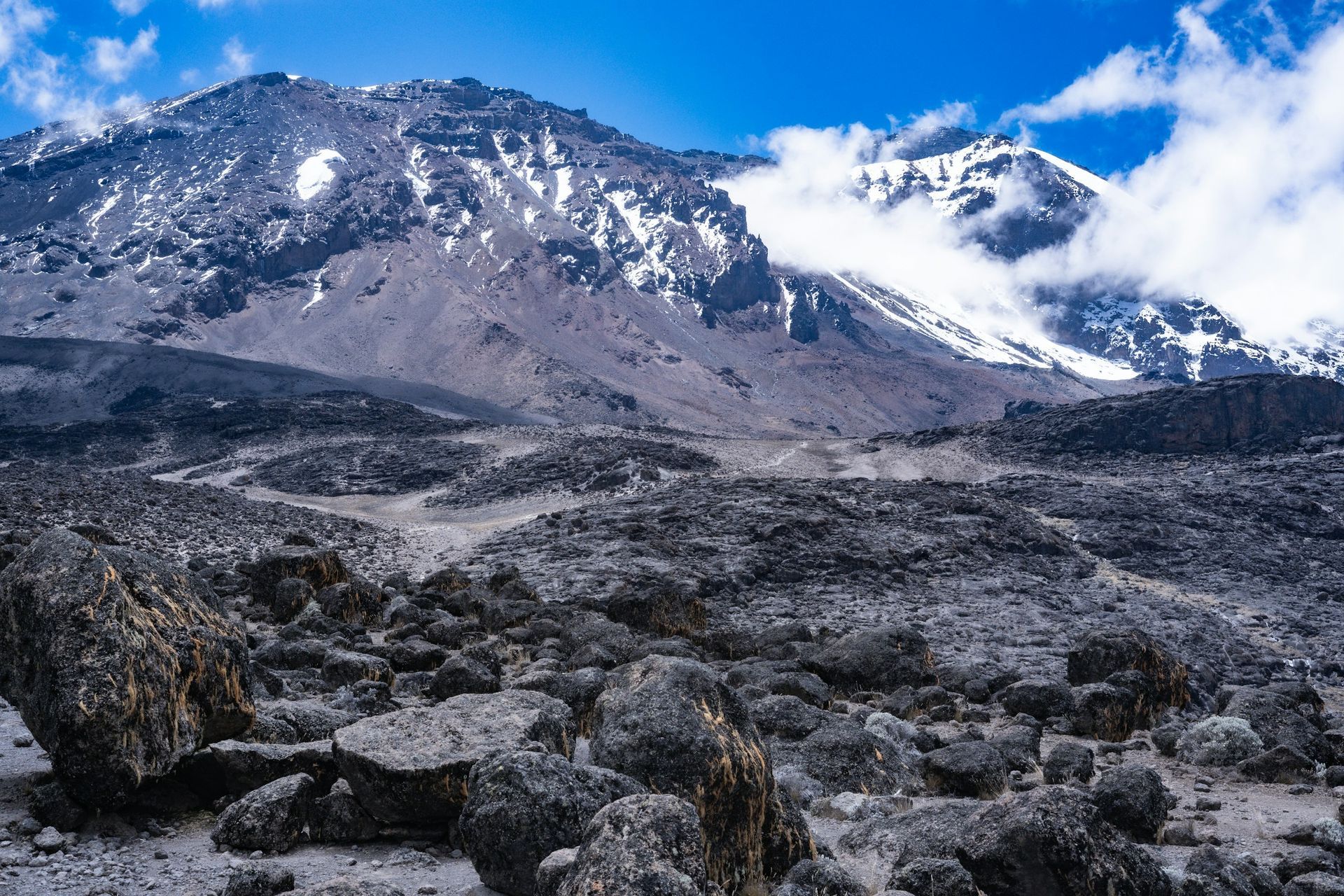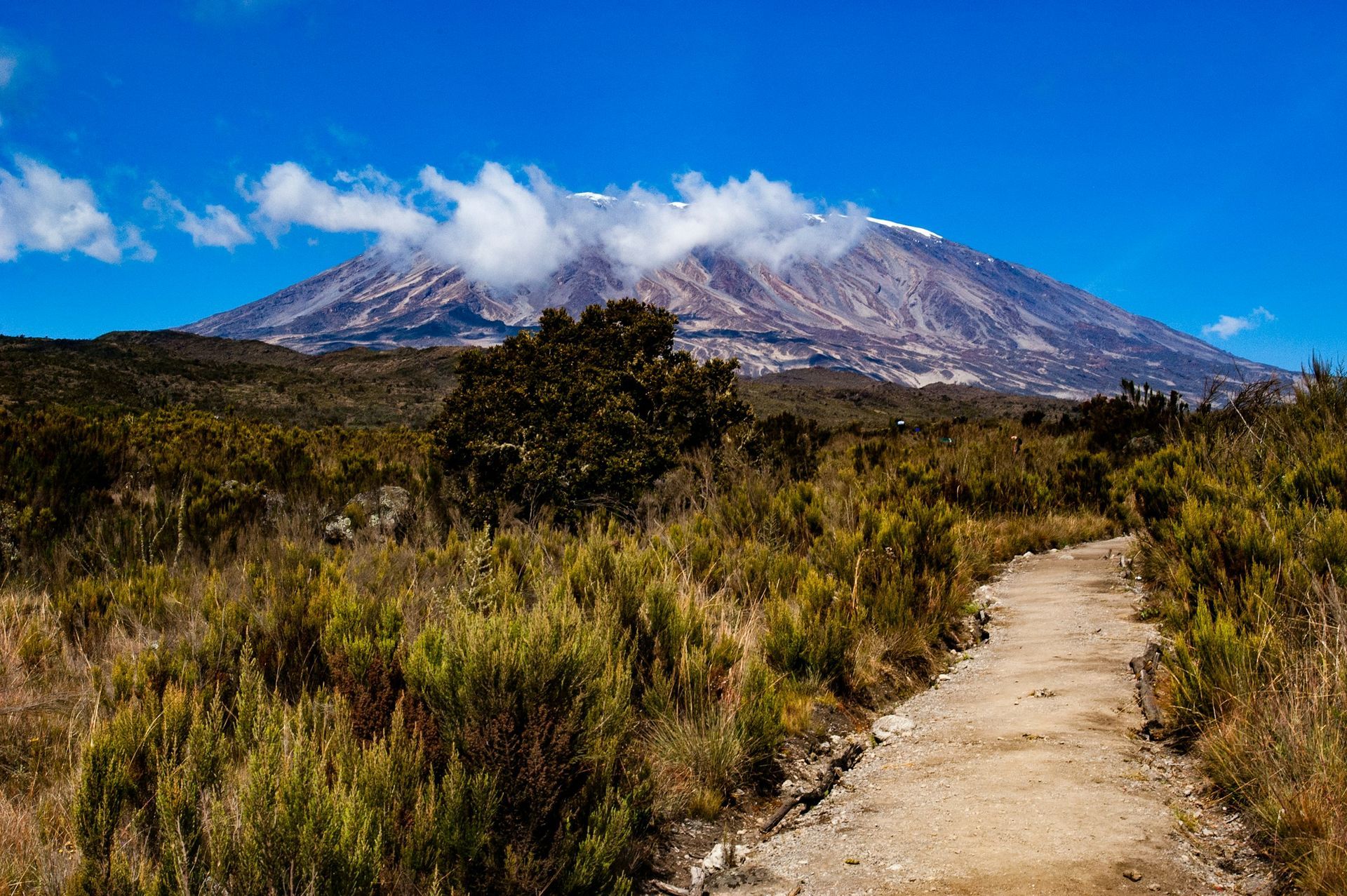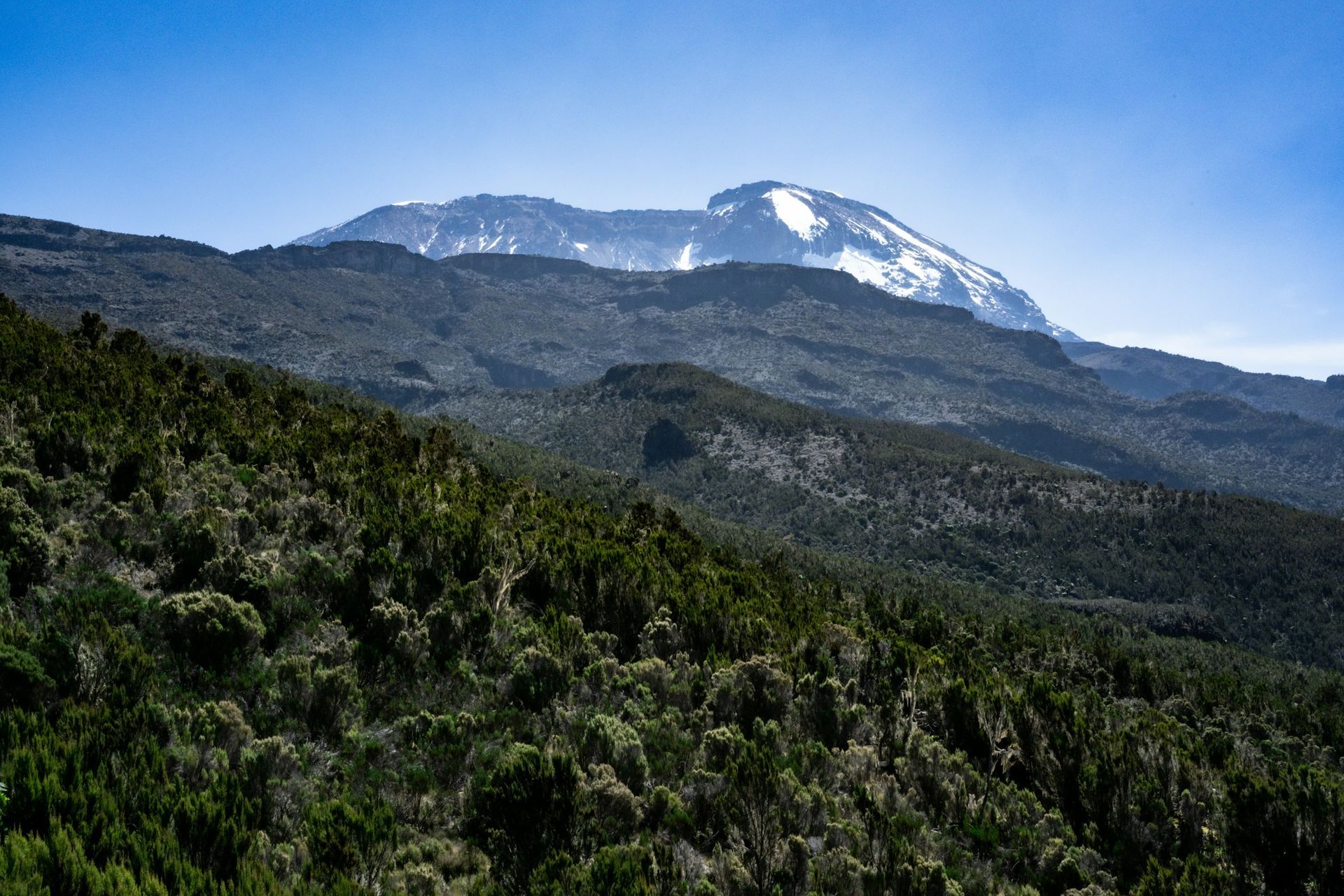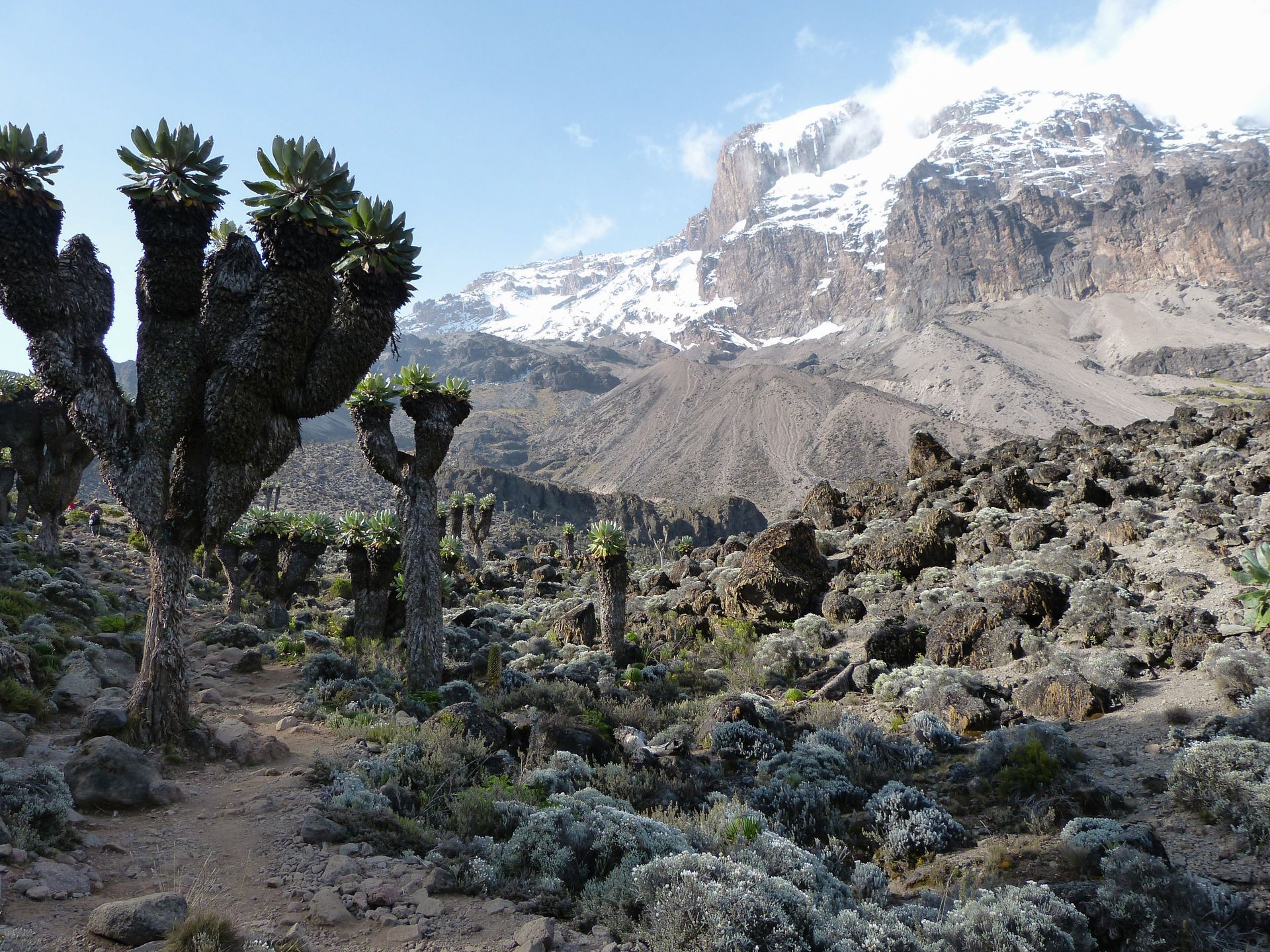DISCOVER THE ROOF OF AFRICA
There's more to Kilimanjaro than meets the eye!
Mount Kilimanjaro, Africa’s tallest mountain and the world’s highest freestanding peak, stands as a defining emblem of East Africa’s geography, culture, and natural splendour. Rising 5,895 metres (19,341 feet) above sea level in northeastern Tanzania, near the Kenyan border, this dormant stratovolcano is as captivating in its physical presence as it is in its symbolic significance... Let's find out more!
"Kili" is a monster of a mountain. Comprising three volcanic cones — Kibo, the snow-capped summit and highest point; Mawenzi, rugged and dramatic; and Shira, the eroded remnant of a once-mighty peak — it's a geological masterpiece shaped by millions of years of volcanic activity. While Kibo lies dormant, its fellow cones have long since gone extinct, marking the mountain as a relic of a fiery past.
What sets Kilimanjaro apart from other towering peaks is its defiance of convention. Unlike the clustered peaks of mountain ranges, Kilimanjaro rises alone, a sentinel of the African landscape, stretching an impressive 80 kilometres east to west. It soars abruptly from the surrounding plains, which rest at about 900m (3,000 feet) above sea level, creating a staggering vertical ascent that has fascinated climbers, scientists, and adventurers for centuries.
This unique structure has given rise to distinct ecological zones, each with its own climate, flora, and fauna, forming a natural tapestry that mirrors the diversity of the continent itself.
At the base, Kilimanjaro’s fertile volcanic soil nurtures a patchwork of agricultural land. For centuries, the Chagga people have cultivated these slopes, growing coffee, bananas, and other crops that thrive in the nutrient-rich earth. This is not just a place to live but a cultural landscape where traditions are deeply intertwined with the mountain.
Above the farmland lies the montane forest, a lush and vibrant belt teeming with life. Elephants, leopards, and colobus monkeys move through the dense greenery, while tree hyraxes scurry among the branches. The forest gives way to the cloud-laden heath and moorland, where peculiar plants like giant groundsels and the dazzling Impatiens kilimanjari thrive in an otherworldly landscape.
As the air thins and temperatures drop, climbers enter the alpine desert, a stark and desolate terrain characterised by volcanic rock and minimal vegetation. This zone feels almost alien, a sharp contrast to the verdant ecosystems below. Finally, the journey ends in the arctic zone, a realm of snow and ice that seems almost impossible on a mountain so close to the equator. Kilimanjaro’s glaciers, though breathtaking, are fragile and rapidly retreating, a visible testament to the impacts of climate change.
But Kilimanjaro’s significance is not solely ecological — it’s a haven for birdlife, offering sanctuary to over 179 species, including rare endemics. Abbott’s starling and the scarlet-tufted malachite sunbird are among the avian gems found here - their lives intricately tied to the mountain’s habitats. The white-necked raven, African pygmy kingfisher, and vibrant turacos bring splashes of colour and sound to the forest and heath zones, delighting birdwatchers who come from all over the world. Kilimanjaro’s biodiversity is a source of endless fascination, a reminder of the intricate web of life that exists even in the most extreme environments.
The mountain’s cultural and historical resonance runs as deep as its geological roots. Long before German geographer Hans Meyer became the first recorded climber to reach its summit in 1889, local tribes likely ventured to its peak, though no written records remain. Kilimanjaro has inspired explorers, artists, and revolutionaries alike. Ernest Hemingway’s The Snows of Kilimanjaro immortalised it in literature, portraying the mountain as a metaphor for beauty, ambition, and mortality. Tanzania’s first president, Julius Nyerere, invoked Kilimanjaro as a symbol of hope and liberation, proclaiming it a beacon of freedom for nations striving to break free from colonial rule.
In Tanzania, Kilimanjaro is a source of immense national pride, affectionately called the “Roof of Africa.” It graces the country’s currency, tourism campaigns, and collective identity. For Kenya, the mountain serves as a breathtaking backdrop to Amboseli National Park, where the sight of elephants silhouetted against Kilimanjaro’s snow-capped peak has become an iconic image of Africa itself. Although geographically within Tanzania’s borders, Kilimanjaro’s proximity to Kenya ensures it remains a shared symbol of natural heritage for both nations.
Beyond its cultural significance, Kilimanjaro plays a vital economic role. Its trekking industry attracts approximately 50,000 climbers annually, generating millions of dollars in revenue and providing livelihoods for thousands of local guides, porters, and entrepreneurs. For many climbers, Kilimanjaro offers a unique opportunity to scale a peak of this magnitude without technical mountaineering skills, making it one of the world’s most accessible high-altitude adventures. Yet the climb is no easy feat — trekkers face shifting climates, from tropical warmth at the base to freezing temperatures at the summit, with seasonal rains adding to the challenge.
Scientifically, Kilimanjaro is a treasure trove. Its glaciers, though shrinking, provide crucial data on long-term climate trends, while its progression of ecological zones offers a living laboratory for studying biodiversity and the effects of altitude on life. The mountain’s dramatic changes in temperature, vegetation, and oxygen levels within a single climb have made it a focus for researchers seeking to understand the impacts of climate change and high-altitude ecosystems.
However, the future of Kilimanjaro is fraught with challenges. The mountain’s glaciers are predicted to vanish by the mid-21st century, and deforestation in the surrounding areas threatens its delicate balance. Population growth, agricultural expansion, and unsustainable tourism practices add to the pressures facing this natural wonder. Yet conservation efforts are underway, including reforestation programmes and initiatives to promote eco-friendly tourism, ensuring that Kilimanjaro remains a source of inspiration and livelihood for generations to come.
Kilimanjaro is more than just a mountain — it is a living symbol of resilience, beauty, and the interconnectedness of nature and humanity. From its lush foothills to its icy summit, it offers a vertical journey through climates, cultures, and ecosystems, standing as a timeless reminder of the grandeur and fragility of our planet.

